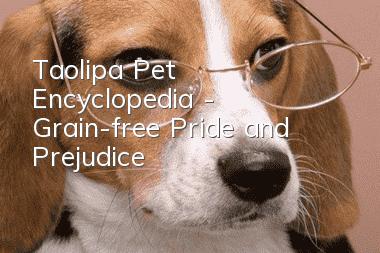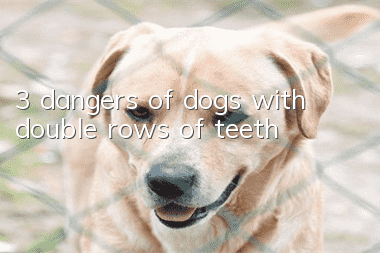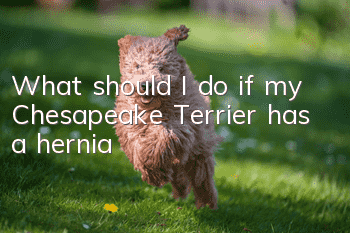Taolipa Pet Encyclopedia - Grain-free Pride and Prejudice

As a new gimmick in pet food, “grain-free” is attracting more and more attention from pet owners, but how many people really understand the concept of grain-free? Today we will talk about three common myths about grain-free pet food. Big mistake.
Before that, we must first emphasize: From a nutritional point of view, the most important thing for a pet food is whether it can provide comprehensive and balanced nutrition. Each ingredient contributes some unique nutrients to the overall makeup of the food, and these ingredients need to be combined to provide your pet with complete nutrition. Regardless of whether the food contains grains, an excess or deficiency of any nutrient can cause your pet to become ill. What we should be more concerned about is whether its formula can provide your pet with comprehensive and balanced nutrition?
Myth 1: Grain-free pet food simply does not contain any carbohydrates.
One popular way to feed your pet today is to feed them a grain-free diet, which is a high-protein, low-carbohydrate diet. To some extent, a high-protein, low-carbohydrate diet does have its place, especially when it comes to feeding diabetic cats. However, it is important to note that grain-free diets cannot be equated with low-carbohydrate diets. In fact, some grain-free pet foods contain similar or even higher carbohydrate levels than grain-containing foods. In many grain-free diets, ingredients such as potatoes replace the grains in the food, and these ingredients often contain more carbohydrates than the grains commonly used in pet foods. Therefore, grain-free and low-carb pet food are not always a concept.
Myth 2: Grain-free pet food is more in line with the nature of pets.
Proponents of grain-free pet foods sometimes claim that grains are an unnatural source of nutrition for pets. They believe that the ancestors of our today's dogs and cats did not eat grains. However, potatoes and other forms of carbohydrates are no more "natural" to our pets than grains. In fact, our pets (dogs and cats alike) have evolved to digest grains as well as many other carbohydrate sources (including potatoes).
Myth #3: A grain-free diet is the best diet for pets with food allergies.
A common misconception is that many pet owners believe that a grain-free diet is the best diet for pets with food allergies. While food allergies do occur in pets, corn and other grains are not the most common allergens in food. In fact, corn is actually one of the least common sources of food allergies, according to some existing research. In a literature review, 278 dogs with food allergies were evaluated, and an allergenic determination was made for each dog. Beef was the most common allergen, with 95 casesMeat allergy. There were 55 cases of dairy allergy, making it the second most common cause. Only 7 cases were allergic to corn. The situation is similar with cats. Fifty-six cats were evaluated in this study. 45 food allergies are caused by eating beef, dairy and fish. There were only 4 cases of corn allergy. Therefore, the teleology of grain-free solutions to allergies cannot be established and is another false concept.
Remember, grain-free is an option for your pet if he or she has a corn allergy, but for the vast majority of pets it is more important to choose a nutritionally complete pet food, and whether it contains grains or not does not matter. relation. A grain-free diet certainly provides your pet with complete nutrition. However, these diets are not the only option for every pet, or even the best option. No type of pet food is perfect for all pets. In other words, no one type of pet food is a foolproof nutritional solution. Therefore, pet food products of big brands that have been tested and eaten by groups for many years are far more reliable and trustworthy than products that are "conceptual," "gimmicky," or "create fake concepts."
Taolipai’s imported grain-free products will soon be launched in China, but we will not exaggerate the publicity. Just talk about science, not talk about nonsense.
- What are the precautions for feeding?
- Why do dogs like to eat paper towels?
- Corgi pregnancy symptoms
- How big can a husky grow?
- About the causes of constipation in dogs
- The consequences of three fools getting together on a sleigh
- Why does a dog have yellow pus-like eye droppings in his eyes?
- What to do if your dog is hot in summer
- How do dogs rank family members?
- What should I do if my dog bites something randomly?



